The other night I was privileged to drop in to Barnes & Noble to a book signing by a former student, Blue Cole.
Blue, who is actually the son of a high school classmate, was one of those charming, good-looking teenagers who you feared might amount to nothing. Dimples and blue eyes will only get you so far, after all.
However, Blue has grown up to be a fine upstanding citizen who is only a little worrisome when his wife takes him to big box stores and leaves him unattended. This novel, Evil Upriver, is Blue’s third, unless I’ve lost count.
But Dale, I hear you musing, supernatural horror is not your thing. You even write about it in the chapter on AUDIENCE in your own upcoming book, Lichtenbergianism: procrastination as a creative strategy. Indeed it is not, but 1) I go to book signings for all former students; and 2) Blue personally invited me to come and asked me to wear my pearl earring, since that’s what the bartender named Lyles in the book wears.
How could I not invent a cocktail and take him a small box with said cocktail and other mini-bar accoutrements?
Actually, I was going to bring him the Smoky Topaz, which should be good enough for any normal purpose, but then my Lovely First Wife suggested that I invent a cocktail called The Afterlife because reasons.
It was a rush job, but I did it:
The Afterlife
- 1.5 oz bourbon
- .75 oz Amaro Angostura
- .25 oz Ancho Reyes Liqueur
- dash 18•21 Havana & Hide Bitters
The idea was that it would be at first taste an interesting take on the Manhattan with a somewhat toasty finish (GET IT, KENNETH?), but however, and also too, I felt it was lacking.
So tonight, I futzed with it and now it’s pretty solid:
The Afterlife, redux
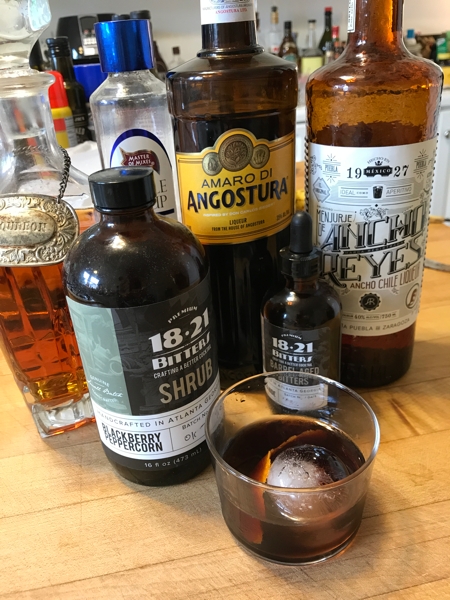
- 1.5 oz bourbon
- .75 oz Amaro Angostura
- .25 oz Ancho Reyes Liqueur
- .25 oz simple syrup
- .25 oz 18•21 Blackberry Peppercorn Shrub
- dash 18•21 Havana & Hide Bitters
Stir with ice, strain, serve on the rocks with an orange peel.
Rather more ingredients than I normally prefer, but it’s tasty. Quite tasty.
(Sorry, Blue, about the recipe I gave you last night. Feel free to use it, but this is the recipe that will appear in my second book.)
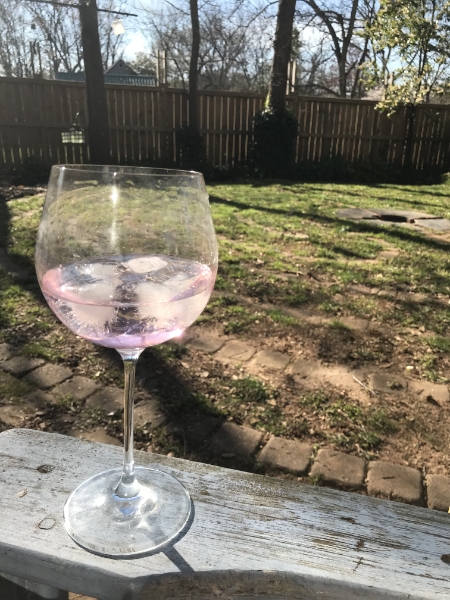
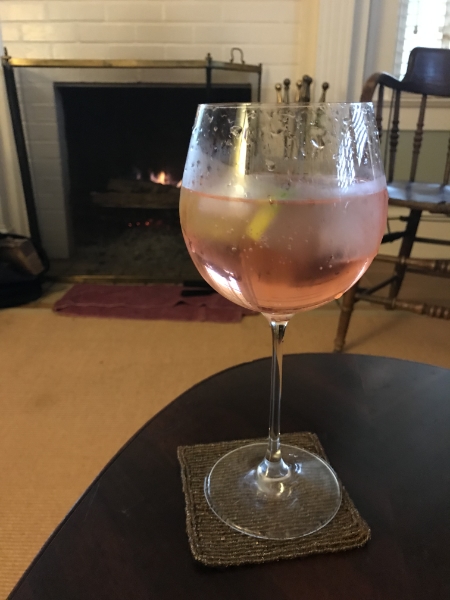 MDL GinTonic No. 2
MDL GinTonic No. 2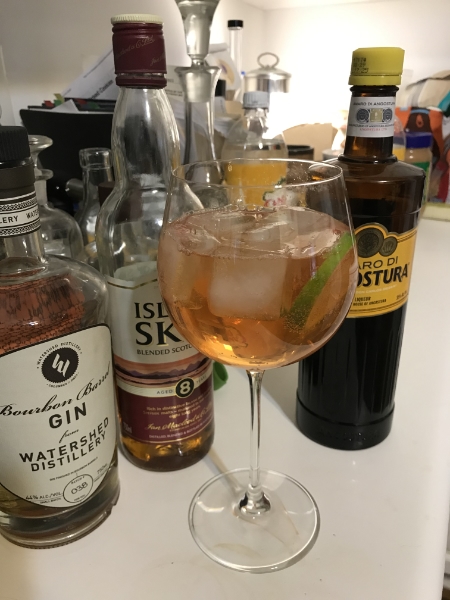
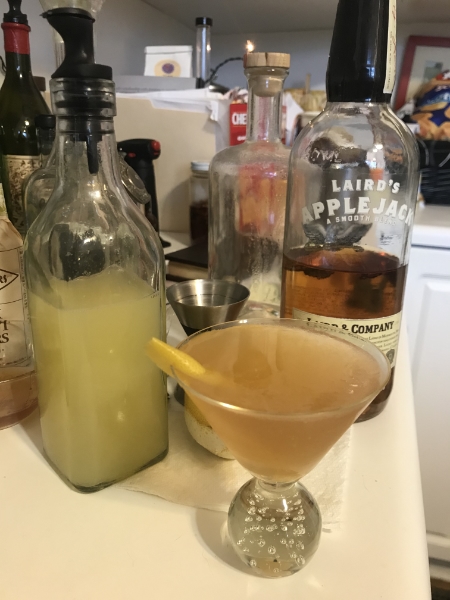
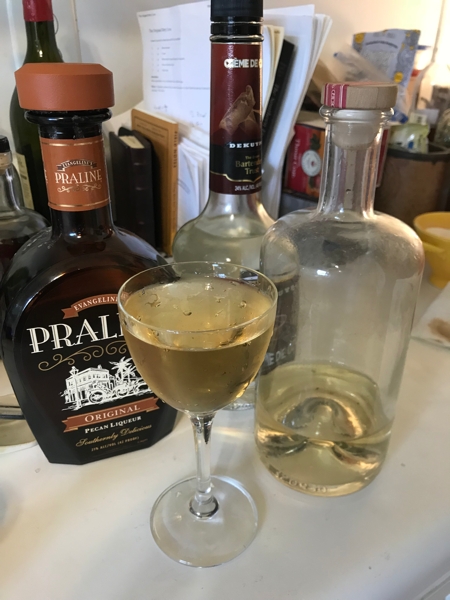
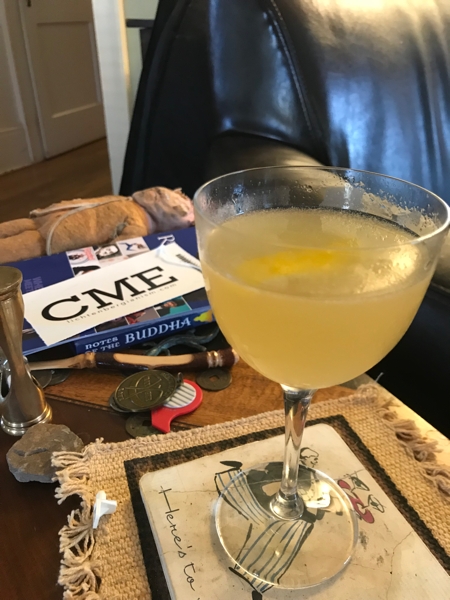 The Hot & Sour
The Hot & Sour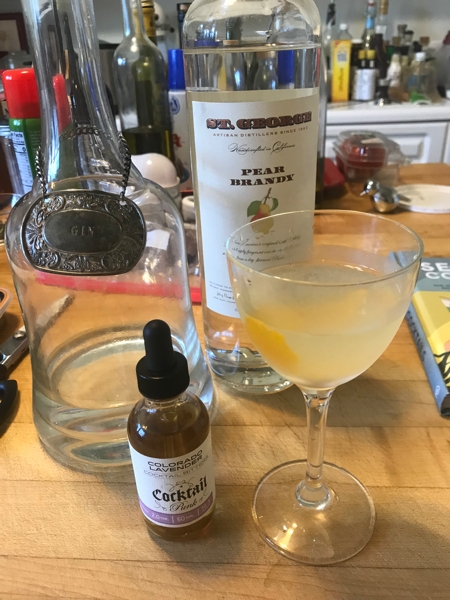
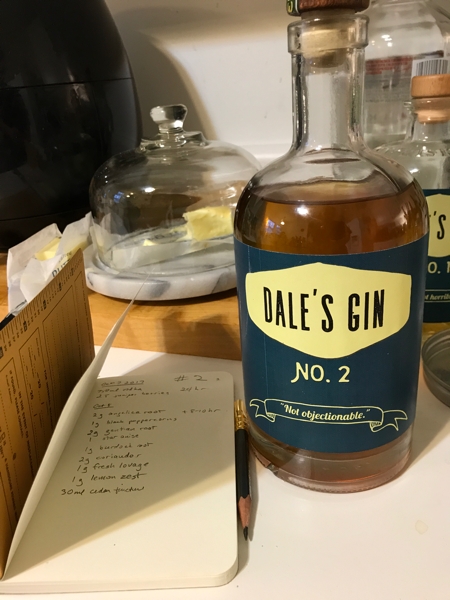 With that strategy, I think I was more successful. I now have a recipe that I can reuse if I decide this is a good one.
With that strategy, I think I was more successful. I now have a recipe that I can reuse if I decide this is a good one.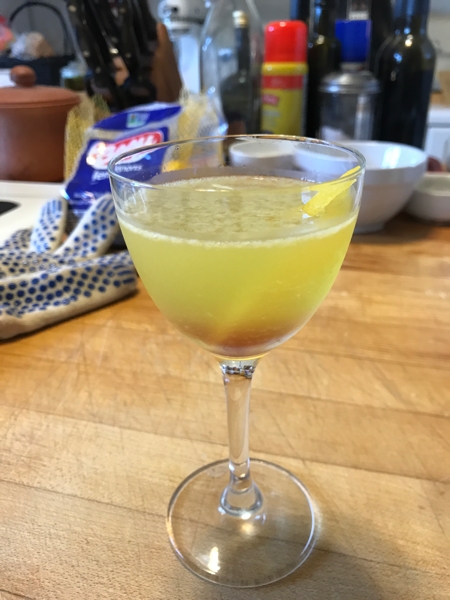 Vanilla-Suze Something
Vanilla-Suze Something